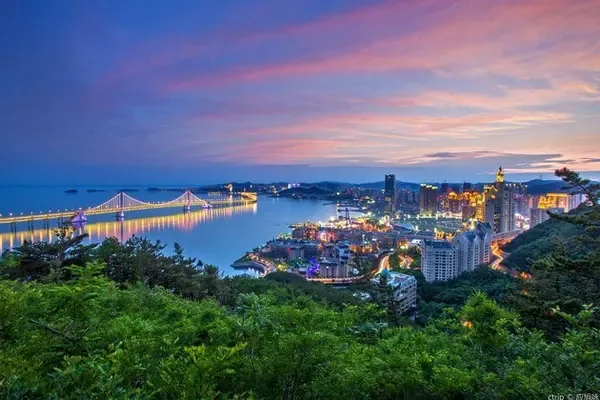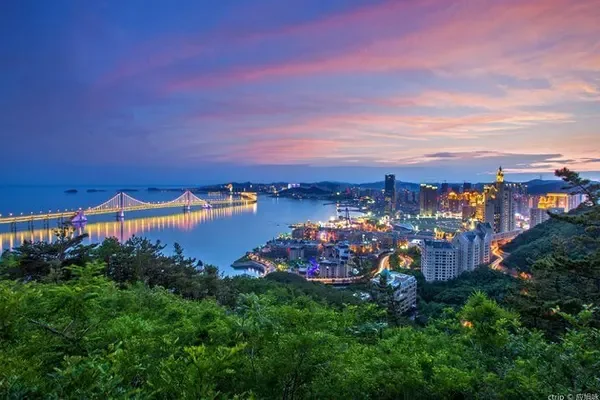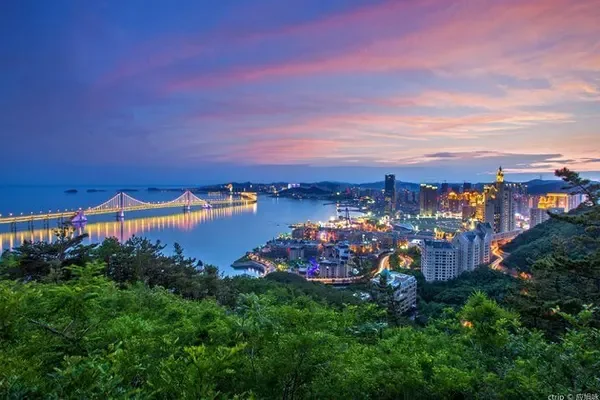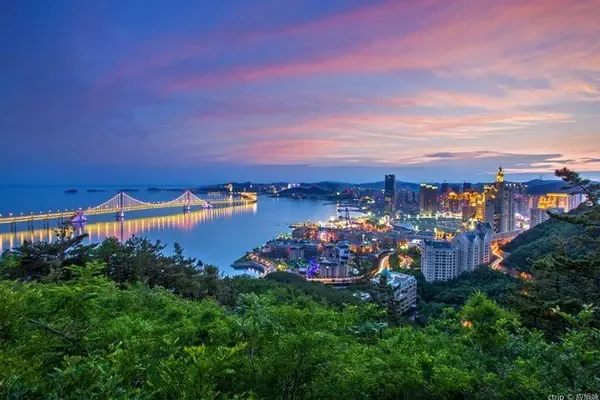Plug Jiangnan --- Ningxia
Speaking of Ningxia, it was called "the south of the Yangtze River". My previous understanding of Ningxia comes from the epic documentary "Mysterious Ningxia", which is full of mysterious longing for Xixia. Later, by coincidence again, I came to Ningxia.





Day 1: Arrive in Yinchuan
Take the plane from Qingdao to Yinchuan and arrive in the capital Yinchuan.
It was originally a vast desert, but as soon as it entered the sky above Yinchuan, a large area of crops and green plants came into view, and the Yellow River flowed like a giant dragon.





Our hotel is located in the main business district of the old city, surrounded by many shopping malls, specialty stores and restaurants, which is the most prosperous and fashionable commercial street in the area.
Nanxun Gate is one of the six gates of the ancient city of Yinchuan, and it is the only complete gate tower preserved so far. The masses are used to calling it "South Gate Tower". It is located at the intersection of Nanxun Street and Zhongshan Street in Yinchuan. The gatehouse faces south, and there is an open square in front.




Yinchuan Nanguan Mosque is located in Yuhuangge South Street, Xingqing District, Yinchuan City, with obvious Islamic architectural style and distinctive national characteristics.
Yuhuangge is located at the intersection of Jiefang East Street and Yuhuangge South and North Streets in Xingqing District, Yinchuan. The Drum Tower is also very close to the Yuhuang Pavilion, about 100 meters away.
There are many parks in Yinchuan, and Zhongshan Park is the one with the largest flow of people...



































The second day Shuidonggou





Ningxia Shuidonggou tourist attraction is the earliest Paleolithic cultural site excavated in China. It is known as "the birthplace of Chinese prehistoric archaeology" and is listed by the country as one of the "100 most significant archaeological discoveries of Chinese civilization".




In the deep and unpredictable Grand Canyon connecting Shuidong to Hongshanbao, there is a cave of Tibetan soldiers in the Ming Dynasty more than 500 years ago. It relies on the majestic Great Wall, steep cliffs, and mysterious ancient castles to make it even more magical.
































Day 3 Xixia Royal Tombs
The Western Xia Royal Mausoleum is one of the largest existing imperial cemeteries in my country and the most complete preserved ground site.






















































Day 4 Helan Mountain Rock Paintings
In ancient times, Helan Mountain was the place where the Xiongnu, Xianbei, Turkic, Uighur, Tubo, Dangxiang and other northern minorities lived, lived and multiplied. They chiseled the scenes of production and life on the rocks of Helan Mountain to express their yearning and pursuit of a better life, and reproduced their aesthetic views, social customs and life interest at that time. In the hinterland of Helan Mountain, which is more than 200 kilometers long from north to south, there are more than 20 remains of rock paintings. Among them, the most representative ones are Helankou Rock Paintings.







































Day 5 Tengger Desert
The administrative division of the Tengger Desert mainly belongs to Alxa Left Banner, and the western and southeastern edges belong to Gansu Minqin, Wuwei and Ningxia's Zhongwei respectively. The desert includes two parts, Nanjiling in the north and Tengger in the south, which are commonly referred to as the Tengger Desert. There are sand dunes, lake basins, grassy beaches, mountains, remnant hills and plains interlaced in the interior. The area of sand dunes accounts for 71%, mainly mobile sand dunes, most of which are lattice dune chains and barchan dune chains. There are a total of 422 lake basins, half of which have accumulated water and are residual lakes that have dried up or shrunk.









Day 6 Shapotou
Shapotou, a national 4A-level tourist attraction integrating sand, mountains, rivers and gardens, Shapotou is dangerous and unique, Sikouzi tourist area famous for Danxia landform, Yiwanquan Paleolithic site, ancient rock paintings, Zhongwei Gaomiao, Shuanglongshan Grottoes, Haiyuan "Global Earthquake" ruins and many other historic sites are not only unique tourism resources, but also display Zhongwei's splendid ancient civilization and profound cultural heritage, and have won the title of "Culture on the Great Wall" for Zhongwei. "Pearl" reputation.
















































